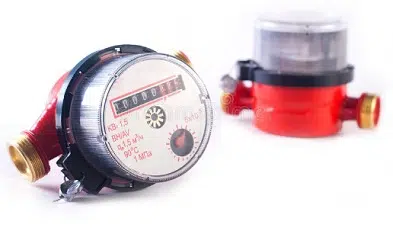
The aerometer is used to measure the density of a gas.
An aerometer is a device used to measure the density of a gas , especially air . It is important not to confuse it with a hydrometer , which measures the density of a liquid .
Density of gases
The hydrometer is also referred to as a densimeter , a term that also refers to instruments used with solids . In short, hydrometers measure the density of gases, while densimeters do the same but with solids and liquids. In the latter case, we are specifically talking about a hydrometer, which is a particular densimeter.
Classification
There are different types of hydrometers. First of all, we can mention some that are recognized by their proper names, and they are the following: Hall, Hutchinson, Struve, Scheurer, Smith and Frøkjær-Jensen . On the other hand, and according to their specific characteristics , we can distinguish the following three types: constant weight and variable volume hydrometers; variable weight and constant volume hydrometers; and variable weight and volume hydrometers. Depending on the type of hydrometer, the equipment can be submerged at different depths and displace certain volumes of liquid.
Let's start with the constant volume and variable weight hydrometers. Their immersion point is always the same, and the liquid is evacuated at a constant volume. Some hydrometers that belong to this group are the Fahrenheit and Nicholson hydrometers . The variable volume and constant weight hydrometers, on the other hand, can be immersed at different depths, a value that changes according to the density of the liquid; their weight is equal to that of the device and the evacuation occurs at different volumes. In this group, which is the largest of the three, there are the Cartier and Baumé hydrometers , for example.
We come to the third group, that of variable weight and volume, where both the weight and the displacement are different. Some examples are the Paquet and Rousseau aerometers. Returning to the second type, we can say that here we find three subgroups: those of arbitrary scale , those of special scale and those of scientific scale . In the first are the already mentioned Cartier and Baumé alcoholometers; in the second, we find the Gay-Lussac centesimal alcoholometer; in the last, the densitometers and volumeters.
With respect to the arbitrary scale hydrometer, it does not provide the user with the density value, but the result is expressed in degrees of concentration , so that it requires the implementation of a formula to convert it and obtain the desired value. The Baumé hydrometer, on the other hand, is marketed in different types according to the density of the liquid with respect to water. If it is denser, then we speak of syrup weighers, acid weighers or salt weighers , among other names, which correspond to the maximum value of degrees (40, 70 and 45, respectively). If the liquid has a lower density than water, on the other hand, the Baumé hydrometer is called an ether weigher .

The hydrometer exists in many types, with different uses and characteristics.
About density
It is important to remember that density is a scalar quantity that is calculated by dividing the amount of mass of a body by the volume it occupies. The density value can be obtained directly or indirectly. Aerometers perform an indirect measurement , for which it is necessary to first know the temperature and pressure of the gas in order to then calculate the density.
Guatemalan Aerometer
In Guatemala , on the other hand, an aerometro is a cable car currently under development. It is expected to have a length of almost 9 kilometers , with eleven stations , and will help alleviate ground traffic in the national capital. If the project is successful, there will be people traveling by the aerometro who will no longer need to use cars, buses, etc.
